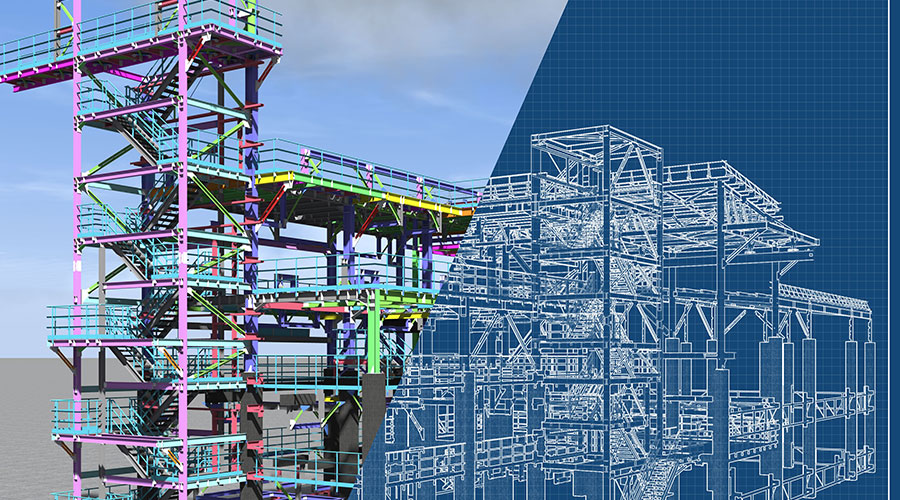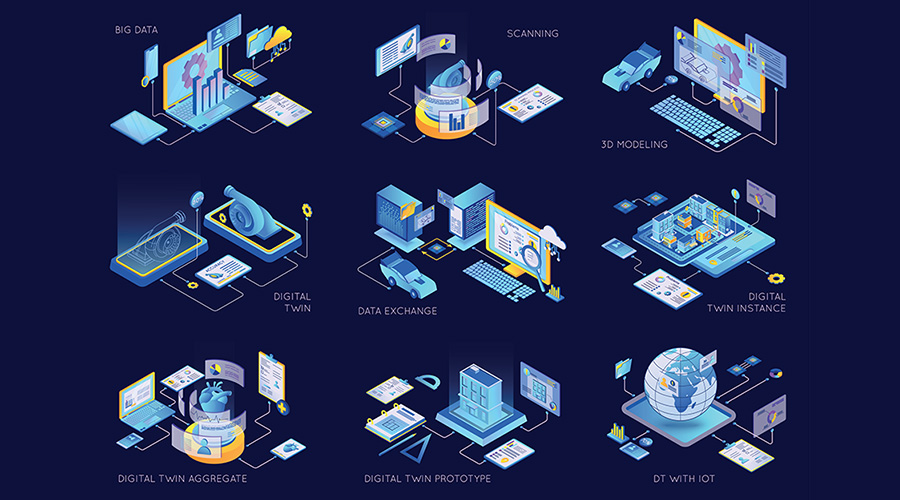Evaluating Facility Software Vendor Business Models
A vendor’s sales philosophy and how it proposes to provide training are two other areas that can help facility executives identify the cream of the crop. One thing to find out is whether a vendor’s sales staff is on a quarterly quota. If so, it will probably be clear that they’re more interested in padding their numbers than actually working carefully with the facilities team to get the solution it needs.
“A good vendor will ask lots of questions and understand your business,” says Rivetna. “If they answer questions too quickly or just say ‘we can do that,’ but don't explain how, it’s a bad sign. A red flag for me is if vendors answer every question without questioning back.”
Depending on its business model, not every vendor will be willing to spend the time it may take for a consultative selling approach. Vendors used to shipping products as-is with little customization may not be willing or able to spend any amount of time helping facility executives perform a needs analysis and tailor a product to their requirements. That doesn’t mean these are bad vendors. It just means they may not be a good fit for a large-scale, complicated implementation.
Similarly, if a vendor isn’t set up to provide the support and training services to meet expectations, it’s probably a good idea to go in a different direction.
“Training should be explored in the RFP and in contractual documents,” says Wales. “Most vendors would rather just train the trainer, and that’s it.”
There are two facets of training – training the front-line folks in the organization who will be managing the software, and then training the users. “I recommend that each organization have a designated ‘power user’ who becomes fairly knowledgeable with the software, and then is the point of contact with the vendor,” says Lyner.
Because training is rarely free, determining how much can be spent on training and what exactly that money will buy is important. Decide whether training will be onsite – which is usually preferable and less expensive – or at a vendor training facility.
One suggestion when designing the training for the users: “Training really should be on the process changes the software brings, not just what buttons to push,” says Keller. Wales agrees: “Tools are cool, but processes rule.”
Ultimately, the goal is to find a vendor whose training offerings meet the needs of the users, trainers, administrators, IT and the facility executive. “If they’re handing out manuals on Monday morning after a weekend implementation, when you’re used to three months of training, then you have a problem,” says Keller.
Related Topics:













